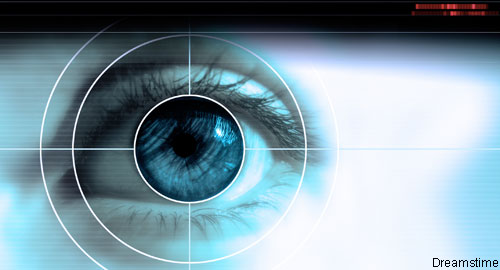 The effects of uveitis are life changing, causing vision damage and even blindness. However, early detection and effective treatment can halt inflammation and protect patients from permanent eye damage and vision loss.
The effects of uveitis are life changing, causing vision damage and even blindness. However, early detection and effective treatment can halt inflammation and protect patients from permanent eye damage and vision loss.
This form of inflammation affects the middle layer of the eye wall, known as the uvea, and is a frequent complication of juvenile idiopathic arthritis (JIA). Idiopathic uveitis may also be diagnosed when no arthritis or other identifiable causes are present.
“Uveitis is a complication of JIA about which both pediatric and adult rheumatologists must be aware and refer patients for regular screening eye exams,” says Kathleen O’Neil, MD.
As chief of the division of rheumatology and professor of clinical pediatrics at the Indiana University School of Medicine, Dr. O’Neil sees the importance of detecting all forms of pediatric uveitis early and engaging in close collaboration with a patient’s ophthalmologist to coordinate the best treatment, including systemic immunosuppressive therapies when needed to prevent permanent damage.
She also cautions that uveitis is not only a pediatric concern. “Adult rheumatologists need to be aware of uveitis as a complication of JIA, especially for young adult patients transitioning from pediatric care who may never have had uveitis before, so have stopped routine screening exams. Uveitis can occur for the first time in adulthood.”
To improve uveitis awareness, Dr. O’Neil suggests all rheumatologists have a clear understanding of uveitis risk factors, symptoms and the best treatment options based on long-standing and emerging evidence.
The Risk Factors
Several factors put JIA patients at a higher risk for uveitis. These include the onset of arthritis at an early age, being female and having inflammation of four or fewer joints (i.e., oligoarticular JIA). A positive antinuclear antibody (ANA) test and being African-American or Asian are also risk factors, as well as certain genetic markers (HLA-B27, HLA-DR5 haplotype, HLA-DRB1*1104 allele, and a combination of HLA-DRB1*1104 and HLA-DPB1*0201 alleles).1,2
The Symptoms
The chronic uveitis associated with JIA is usually asymptomatic. In the seronegative spondyloarthropathies, acute uveitis may occur. Common symptoms associated with acute uveitis include eye pain, erythema and photophobia.
“Children with the asymptomatic chronic uveitis may present with vision troubles by putting their face inches from a coloring page they are working on or standing very close to the television. They may also bump into things when they walk and exhibit other signs of visual difficulty,” Dr. O’Neil says. The child with HLA-B27-associated enthesitis-related arthritis (seronegative spondyloarthropathy) may occasionally develop red eye, indicating acute anterior uveitis. These patients are often photophobic. Usually, short-term topical treatment, such as steroid eye drops, controls this form of uveitis.


